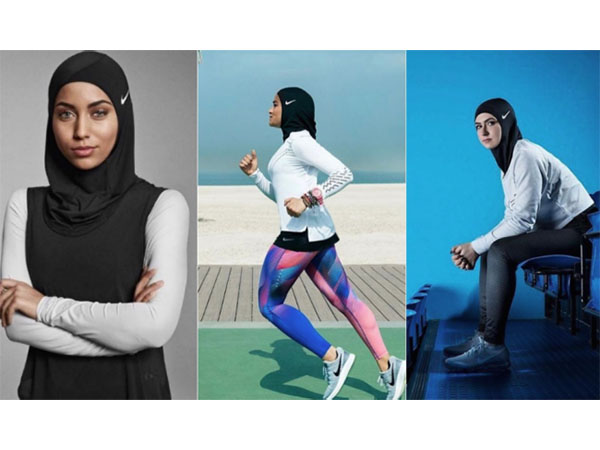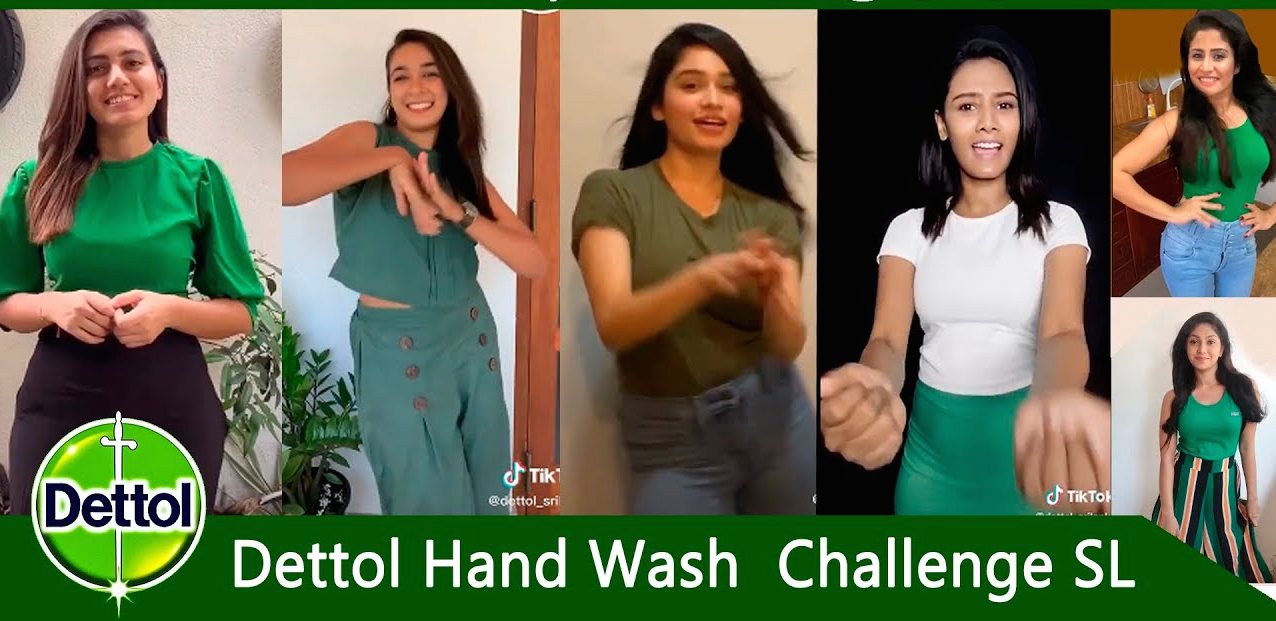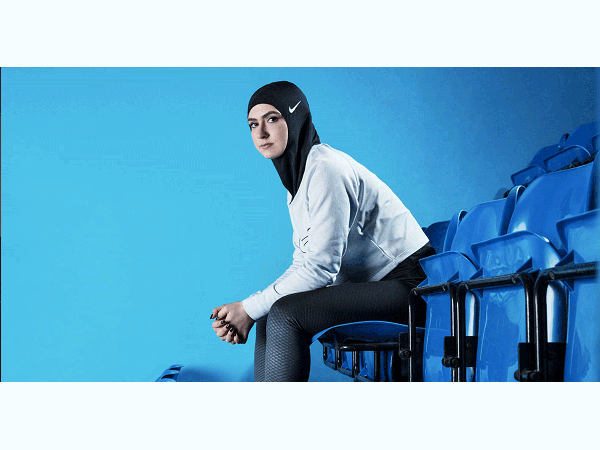News - Digital/Tech
Is Influencer marketing a sustainable method for marketing communications?
by Ilhem Allagui
January 24, 2022
.jpg) Advertisement
AdvertisementNike’s ‘Dream Crazy’ was awarded an Effie Global award for the most effective campaign in the world. What this campaign has taught marketers is not to be afraid to engage in cultural conversations and inspire consumers to make changes around them.
Online marketing is no more about banners, Facebook or YouTube ads. Instead, brands learn to listen to what people say online about brands, products, or about what matters to them; monitor; address; measure; share; promote; get involved; answer; celebrate; apologize, gift; and care. This brand behavior matters to befriend consumers and engage them with brand activities. Network marketing became the business driver online.
This is not new. Word-of-mouth has always been the most reliable way for recommendations. Consumers would buy what their friends recommend, go to restaurants where their friends ate well, and attend movies that their mates would have enjoyed. Making friends with audiences, accessing the friends’ friends, asking the brands’ friends to share with them, and then interacting with the circle of those friends proved to drive awareness and good marketing results. Influencers represent a bridge to such a network of friends.
A Yahoo ads study, titled ‘Unlocking Influencer Marketing’, found that companies that work with influencers witnessed an almost 60% increase in engagement and a 54% increase in brand awareness. Influencers thrive from this networking structure, and brands capitalize on their partnerships with influencers.
Influencers and connected consumers
In 2020, they were about half a million active social media influencers on Instagram alone (Omnicore, 2020). The growing base of influencers is in tune with the growth of their fanbase. For instance, TikTok influencers in the Middle East witnessed a 65% average growth of their fanbase between February and August 2020, with the highest engagement recorded in Bahrain, Oman, and Saudi Arabia.
Dr. Crystal Abidin, an anthropologist of influencer cultures and social media researcher, defines an influencer as an “every day, ordinary internet users who accumulate a relatively large following on blogs and social media through the textual and visual narration of their personal lives and lifestyles, engage with their following in “digital” and “physical” spaces, and monetize their following by integrating “advertorials” into their blog or social media posts and making physical appearances at events.”
Influencers mediate brand messages through the network of interpersonal relationships.
When Nike introduced its new Pro Hijab collection in 2017 for conservative covered Muslim athletes, it launched a commercial grounded in a socio-cultural insight, which is doing things that conform to the norm. In other words, what society expects females to do and not do- Nike, along with its Just do it positioning, told this audience to forget about the question ‘what will they say about you’ and instead follow their passions.

To persuade this niche, Nike’s commercial- crafted in an emotional tone- called for influencers, female Muslim athletes, Olympians, and champions from the UAE, Tunisia, Saudi Arabia, Jordan, etc., to tell their stories and encourage and inspire others. Thus, marketing activities are no longer about the purchase and post-purchase consumers’ satisfaction; equally important is how brands drive consumers to share their opinions and experiences online with their friends and networks. This conversation between brand and audiences extends beyond the act of purchase or transaction of any kind; it is facilitated by influencers and covers diverse topics, including social issues, racism, gender, or the environment.
Maverick’s VP marketing, Liz Gottbrecht, finds in influencers an intermediary to interact with audiences, “Influencers, by definition, inspire and empathize with the same consumers that marketers seek to engage. They bridge the gap.” (Hardey, 2021)
Influencer marketing emerges as an evolved form of promotion and the result of changing media usage patterns. Marketers have realized a decline in audiences’ interest in mass media and a growing interest in influencers. Brand use paid and unpaid brand partnerships with influencers. This became a cost-effective strategic option for brands that have adopted digital and newcomers alike. Embracing the digital world is no more an option for brands; it’s key to keep up with the times. Even brands that don't do e-commerce need to remember this is the ROPO era, Research Online Purchase Offline. This means brands are merging online strategies with offline strategies.
A 2019 research by GE Capital Retail Bank finds that 81% of shoppers research online before buying a product. Another study by HRC retail advisory notes that, on average, six out of 10 people check their mobiles while in-store to compare prices and check deals or coupons. According to the Digital Marketing Institute (2021), 49% of consumers depend on influencers’ recommendations. Brands stay in tune with the changing consumer needs and habits, take advantage of the digital marketing opportunities and shift their tactics nearly in real-time to maximize growth through advertising, promotions, or search optimization.
Influencers became popular platforms for brands and organizations to promote their products, services, or ideas. Influencer marketing banks on the impact and ability of influencers to persuade their followers on social media platforms. The advantages of using influencers when promoting brands include high audience reach that varies from thousands to millions of followers, spread out globally, and leveraging niche segments. Followers project themselves in the influencers they admire and go by their recommendations for reasons that include credibility and expertise, trustworthiness, authenticity, likeability, and persuasion power.
Influencers as a strategy to create content
Brands and organizations control their messaging in traditional advertising: promotional content is scripted and carefully selected. In contrast, influencers use spontaneity when addressing their followers; they make themselves feel familiar and close to their followers.
With influence marketing, marketers provide the core message but often don’t control the format: the influencers relay the message the way they want, with the words and acts they choose. This spontaneity and authenticity make influencer marketing attractive and persuasive.
Offering their businesses, products, and services to reviews, marketers expose brands to some risks that come with uncontrolled messaging: the influencers receive freebies, samples of products, test them, and may or may not like them. Despite the risk, influencer marketing remains an attractive strategy for brands: it offers an unprecedented level of engagement between influencers and their followers, facilitating high brand exposure while also being cost-effective.
During the COVID-19 pandemic, influencers represented a favorite channel for brands and politicians to circulate health messages because of their high reach and persuasive power. We have also witnessed partnerships between brands and influencers to generate unique user-generated content (UGC). For instance, Dettol India launched a TikTok hashtag #HandWashChallenge that was viewed more than 120 billion times a year later (Medium, 2021).

In Vietnam, an influencer, Quang Dang, launched a light-hearted rap dance challenge on TikTok while showing his followers how to wash their hands properly. This video gathered about six million views and was featured on CNN’s “The Last Week Tonight” show.
In the US and Canada, politicians called on influencers’ support for the fight against the coronavirus: the Governor of New York Andrew Cuomo and Justin Trudeau, the Prime Minister of Canada tagged JLo (Jennifer Lopez), Ryan Reynolds, and Michael Bublé to use their influential power and ask their followers to stay home and follow health instructions.
Digital marketing has enabled a type of interaction between brands and consumers never seen before. The brand-influencers-consumers compound proximity enabled by social media and online platforms turned valuable for businesses and other organizations. It facilitates further engagement with consumers while bonding through shared interests, purposes, and social causes. Additionally, through comments and conversations, influence marketing enables brand monitoring of sentiments and appreciation of consumers’ attitudes towards the brands, the anticipation of their interests and wants, and an understanding of their relations with competing brands. Marketers use several influencers and brand ambassadors within a campaign and combine macro, nano, and micro-influencers to optimize their results and reduce their risks of choosing the wrong influencer or one that might damage the brand’s image. More recently, brands became increasingly interested in micro and nano influencers because of better trust and influence relations than macro-influencers.
Ethics in the times of influencer marketing
One cannot speak about influencers without pointing to the importance of ethical practices, disclosure, and the necessity of preparing the consumers for advertising literacy in the age of fake stories. The pressure of monetization and incentivization can lead some influencers into illegal or fake product promotions.
The 2017 fake Fyre Festival in the US (see the Fyre documentary) is an example of such practices. For consumers of all ages, particularly youth, it is essential to uncover misleading practices such as self-enhancing tools and filters, now banned in the UK. This consumer literacy is a social responsibility for everyone, including educators, parents, friends, regulators, and the brands themselves.
In the UAE, the regulation called for by the National Media Council (NMC) is relatively advanced compared to other MENA countries. For instance, the NMC (2017, 2018) calls for identifying paid advertising and licensing for electronic media activities. Influencers need to acquire a yearly, renewable license to conduct promotional activities. The NMC requires clarity on whether posts are paid for or not stating that: “Advertisements on social media, websites, or blogs must be clearly defined. They should appear distinctive and independent from editorial and information material, and it should be clearly disclosed whether the advert is a paid-for promotion.”
More MENA countries are expected to follow suit and establish a clear regulation to protect children, teens, youth, and adults from harmful social media content, misinformation, or other unethical practices.



.jpg)







